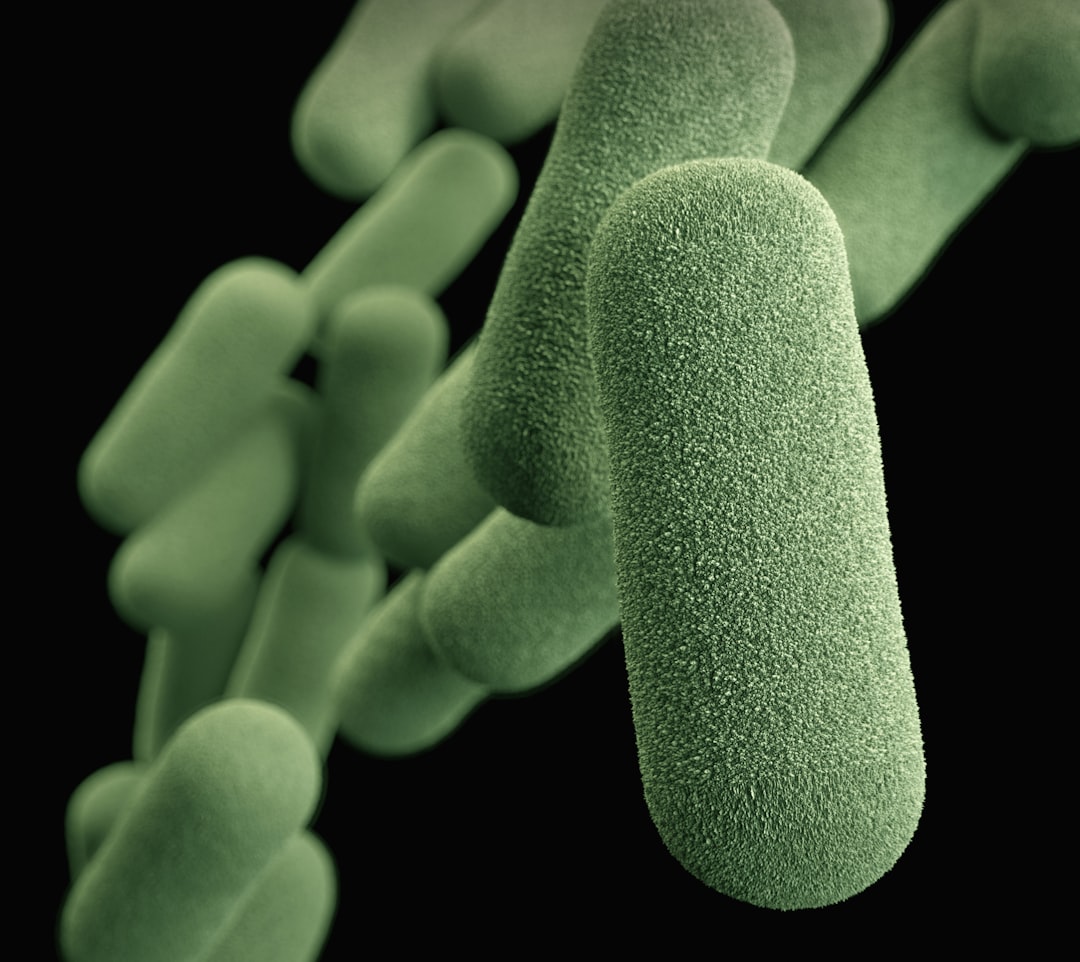What is it about?
The protection of chromosome ends by Telomeres is essential for human health and development. Telomere consists of proteins that specifically bind to the end. In some organisms such as the fruit fly Drosophila , this binding does not require an underlying DNA sequence. To learn more about this mode of telomere localization, we map Drosophila telomere-binding proteins in fine details. Our work has been greatly facilitated by the development of a new tool for the mapping of chromosomal proteins tagged with the GFP tag commonly used in biological research.
Featured Image

Photo by Edu Lauton on Unsplash
Why is it important?
We provided the most detailed distribution pattern of telomeric proteins which binding is sequence independent. Such an understanding is important because similar mechanisms might be employed by a significant fraction of tumor cells to escape the requirement for telomerase expression to achieve uncontrolled growth. In addition, the new genomic tool that we developed adds versatility to the existing mapping techniques.
Perspectives
It has been a tremendous experience working with a group of collaborators who are die-hard fans of Drosophila telomere biology. Drosophila, where the very concept of Telomere was coined by Muller almost a century ago, will continue to offer fascinating insights into the function and evolution of chromosome ends.
yikang rong
University of South China
Read the Original
This page is a summary of: The nanoCUT&RUN technique visualizes telomeric chromatin in Drosophila, PLoS Genetics, September 2022, PLOS,
DOI: 10.1371/journal.pgen.1010351.
You can read the full text:
Contributors
The following have contributed to this page










